Canon has been renovating its entire catalog of consumer grade zoom lenses over the past several years to great effect. I’ve used a number of Canon’s previous generation consumer grade zooms, including the 18-55mm kit lens, the 18-135mm and 18-200mm superzooms, and the 55-250mm (IS II) telephoto lens. When I began getting into photography those lenses were staples of affordable general purpose photography, and it wasn’t until I was more personally invested in my photography that I moved beyond them to more expensive options. I recognize that the price of many of Canon’s professional grade lenses is beyond the reach of the average photographer, but fortunately Canon has addressed some of the most important shortcomings of many of its consumer lenses with the STM refreshes over the past couple of years. Upgrades include improved optical performance, much better autofocus, and even a slightly improved build quality. The Canon EF-S 55-250mm f/4-5.6 IS STM is a prime recipient of many of these updates and improvements.
I used the predecessor of the 55-250 STM (the IS II) for a period several years ago, and while it was a good lens, the STM version is certainly an upgrade in almost every aspect.
The main engine of change in these refreshes is centered around the STM part of the name. STM stands for “Stepping Motor”, and is the new autofocus system that Canon has been putting into a number of lenses. The “stepping” refers to the AF system’s mean of smoothly moving from one focus point to another. The previous generation of lenses had older micromotor autofocus motors that tended to be “buzzy” in operation and often weren’t as fast or accurate as Canon’s higher grade USM (ultrasonic motor) AF system. The STM motors are a marked improvement in almost every regard over the micromotors, with much quieter, smoother focus that is often a bit faster and more accurate as well. Canon has begun to include AF Servo autofocus during video capture on a number of its APS-C (crop sensor) cameras (like the Rebel/xxxD line along with more “pro-sumer” bodies like the 70D/7DII). Most of the older designs of AF motors don’t play very well with autofocus during video, with a lot of hunting and noise as they try to make focus transitions. STM motors focus smoothly in this environment because they were specifically designed for that purpose. That is definitely true here, as the 55-250 STM is a very smooth, quietly focusing lens. You’ll note the key word here is smooth – that is the single best aspect of STM focus motors.
Features and Build
But Canon’s improvements don’t end with the autofocus system. This lens has always had a great focal length (roughly 4.5x zoom with a 35mm/FF focal range equivalence of 88-400mm).
55mm:
250mm:
That is a great deal of reach in a compact lens, and this lens perfectly meshes with the 18-55mm kit lens to provide two lens coverage from 18mm to 250mm. This encompasses nearly all the focal ranges that the average photographer might need.
The 55-250 STM is reasonably small for its impressive reach, with an overall length of 4.38”/111.2mm. This is minutely larger than its predecessor (108mm). It is also very light, with a weight of only 13.23 oz/375g (15g less than 55-250mm II).. The optical formula is a little more complex than the previous lens with 15 elements in 12 groups, with a seven bladed aperture that retains a circular shape even when stopped down. It has a very modestly sized 58mm front filter thread, and that front filter ring does not rotate during autofocus, allowing you to use circular polarizers without issue. The lens also no longer changes length while autofocusing (but will when zooming), which might account for why it is slightly longer than the previous lens. Both of these attributes result in a lens that is better to use in the field.
Another impressive statistic for the lens is its minimum focus distance, which is only 2.79’/85mm. At that range on the 250mm end the resulting maximum magnification is an impressive .29x, or nearly 1/3rd life size magnification. This provides a lot of versatility, allowing you to do both telephoto and macro-like photography with one lens. While the lens focuses more closely than its predecessor the rated maximum magnification figure is surprisingly a bit lower (the older lens figure was .31x). This suggests that the lens is exhibiting some additional “focus breathing” compared to the older lens (the lens’ focal length is shorter than its maximum length when focusing near minimum distances). This is fairly common with many newer lenses, as they often employ “floating elements” that allow for better resolution at those minimum focus distances. So, the lens has marginally less magnification but will focus more closely and produce better results at minimum distances. These shots show the lens is capable of very impressive results at that minimum focus distance.
The build of the lens is a mild upgrade over the previous lens, with a slightly sleeker design. The overall dimensions are highly similar, but the STM lenses have a new design philosophy that is moderately different from the previous generation of lenses. I was also reviewing the Canon EF-M 55-200mm STM for the EOS M mirrorless system, and that lens definitely felt like the more premium product in both its build and operation (read my review here). This lens has a plastic lens mount (which has been par for the course for Canon’s budget options). That probably won’t be an issue due to the relatively light weight of the lens, but my personal preference is always to see the metal mount. The lens is dominated by zoom ring, which is very wide and easy to find. The zoom action is generally fairly good, though I found when compared to the EF-M lens that the resistance through the zoom range was less consistent. There were a few points where the effort required was a bit higher, resulting in a slightly less smooth zoom action. This could improve with more use as the lens is “broken in”. There is no zoom lock, but the light weight of the front element along with the amount of resistance in the zoom ring suggests that zoom creep is not particularly likely. There is always the risk that as the lens is broken in the possibility of zoom creep might increase, though I’m not personally very concerned.
The lens has two standard switches on the barrel – AF/MF and ON/OFF for the IS (Image Stabilization) system. The final ingredient is a much more narrow manual focus ring at the end of the barrel. Manual focus rings rarely have prime real estate on STM lenses because in many ways they are less emphasized than ever. STM has many strengths, but manual focus is really not one of them. To its credit, the STM system does always provide full time manual override (which the micromotors did not), but STM is far from my favorite manual focus system. Unlike most manual focus systems, there is no direct connection to the lens elements. STM lenses rather take input from the manual focus ring, route it electronically through the autofocus motor, which then makes gradual adjustments to the focus as input. This is often referred to “focus-by-wire”. There are a couple of significant drawbacks, including a general lack of tactile feedback when manually focusing, sometimes a bit of a lag between your movements and the actual focus, and the unfortunate reality that the camera must be on and prepared to receive input before any change will be made. You cannot “prefocus” by manually focusing to a specific point in advance. In fact, even if the camera has gone “to sleep” while you waiting for a shot there is a very strong chance that the previously selected focus point will be lost. I am appreciative of many aspects of STM focus, but it is far from my favorite AF system.
I will offer up as a general observation that while some third party manufacturers based in Japan (namely Tamron and Sigma) have taken some heat over outsourcing some of the manufacturing to China and the Philippines (generally on their consumer grade products), I noted etched into the mount in a barely discernible text the words, “Made in Malaysia”. I offer no criticism but only the observation that the expedient of outsourcing manufacturing in the modern economic climate is clearly not reserved for the third party lens makers alone. Still, the placement suggests that Canon is clearly not advertising the fact.
AF Observations
Fortunately the autofocus system is quite reliable, with consistent results on the 70D and EOS M3 bodies I tested it on (the latter via the EF to EF-M adapter). I initially purchased this lens with the intent of using it on both bodies rather than purchasing the EF-M 55-200 STM. The EF-S lens had a longer focal range, closer minimum focus distance, and a slightly faster aperture. The trade-off was significantly larger size, but the price was also a bit lower (in this case less is truly more!) My experience with EF 40mm f/2.8 STM and 50mm f/1.8 STM led me to believe that autofocus would be quite snappy through the adapter, as the STM lenses all seem to perform well on the M3.
Imagine my disappointment when I received the lens, put it on the adapter and then onto the M3, pressed the shutter down halfway, and then watched the less creep like paint drying into focus. It was shockingly slow, and I was seriously disappointed. The autofocus on the lens when mounted on my 70D was quite good, but something was not working with the M3. I put the word out about this on CanonRumors to see what other photographers were encountering. Another user let me know that there was a firmware update via Canon for the EOS M3 specifically for helping focus speed with the EF-S 55-250 STM. I downloaded it, but didn’t notice any measurable improvement. I shared this. He pointed out that there was a second firmware update for the lens itself specifically for the M3/lens combination. I downloaded and installed it, and voila, suddenly the lens focuses almost as quickly and confidently as the native EF-M 55-200 STM lens. The focus isn’t as fast as with the 70D (unsurprising), but the difference isn’t much. The lens focuses very fluidly for video as well. Other than the notable size difference, the operational difference between the two lenses is now minimal. In the meantime, however, I had purchased the EF-M lens and decided that I liked the smaller size of it enough to keep it.
The 70D has a very nice AF system, and I was able to track action fairly well with the lens. There are times when the lens might be severely defocused and takes a bit longer to make an AF adjustment than what I might like (STM emphasis smoothness over speed), but overall I found the lens generally did what I wanted. My overall experience is often with lens costing many, many times more than this lens, but those really aren’t the best standard of comparison here. The STM autofocus is a significant upgrade over the former AF system of its predecessor and should suit your needs quite well. In addition, if you want to shoot video using AF Servo you will get better results with the STM lens than even much more expensive options.
The lens has an effective image stabilizer built in. One cannot overemphasize how important IS is on a telephoto lens. Without the image stabilizer one would need to keep the shutter speed very high to eliminate camera shake, and keeping the camera steady when trying to compose a shot can be difficult. IS allows you to both use much lower shutter speeds and does an effective job of keeping the viewfinder steady so that you can effectively compose your shot. I found the image stabilizer quite mannerly in this application with a minimum of movement when activating and very little noise when operating. With a static subject you can handhold very low shutter speeds of 1/10th second at 250mm, but always remember that IS doesn’t keep your subject from moving – it only corrects for movement of the camera itself. If you are shooting a subject that is going to move you are going to need to raise the shutter speed to eliminate blur due to subject motion.
Image Quality
The 55-250 STM is a significant upgrade optically over its predecessor. The older IS II lens frequently required it to be stopped down to f/8 to get decent image quality across the frame, but this lens is generally pretty good at most focal lengths even wide open. The EF-M lens (55-200) that I’ve been also evaluating has better image quality, but at the cost of a slower aperture and reduced focal range. Relative to price this lens is providing quite excellent image quality, with nice detail and resolution. I’ve not been disappointed with the images the lens has produced at all, and definitely feel this lens is worth the additional price over the older version on the merit of its image quality alone. Note the great detail in the image of the chipmunk in the photo and crop below:
Color rendition is quite good, and both vignette and chromatic aberration control are strong. Vignette is one area where this lens was definitely superior to the EF-M version.
This lens isn’t a fast one in terms of its aperture value at any point in its focal range. The f/4-5.6 aperture variation isn’t an uncommon one (even my $2000+ 100-400L II has a similar aperture value) but the 55-250 STM does move towards f/5.6 very quickly.
|
Variable aperture lenses need decent light to be effective, but often compensate by being comparatively small and compact when compared to their fixed aperture brethren. The Canon 70-200 f/4L, for example, is considerably longer and heavier while having a reduced focal range. It previously had a significant sharpness advantage, but that gap has closed with this current update. The bokeh from the L series lens will be a little better, and it has an aperture advantage throughout most of the focal range. It gives up the image stabilizer, however, and that does defeat some of its aperture advantage.
Canon has persisted in its refusal to include lens hoods with its consumer lenses, so this lens does not ship with a lens hood. The ET-63 lens hood is an additional $24, but if the budget is tight you can grab this one from Vello for for half that. It is probably a worthy investment, however, particularly if you plan to do some shooting with the sun directly in the frame. I found that in some situations the lens was prone to veiling (a hazy effect where the image appears washed out due to the sun being in the frame).
This was more true at telephoto focal lengths, and it is here where a lens hood would come in handy. A lens hood will also often allow for a bit more contrast due to preventing stray light from reaching the lens. If there is good news here it is that the kinds of situations where the sun is right in the frame in a destructive way is less frequent with telephoto lenses. Still, if you are planning on shooting some backlight portraits you may want to consider a different lens for this reason.
The lens bokeh is somewhat of a mixed bag. I’ve found it to be quite decent in a number of situations. In fact, I shot a scene of beautiful lit autumn maples leaves with a number of combinations (all of which were more expensive than this lens), but settled on an image from this lens as my favorite of the bunch.
In some situations, however, the lens will exhibit a bit of a nervous look and it certainly shows the tendency towards “cat-eye” shaped bokeh towards the edges of the frame. This is probably nit-picking at this price point. If you get close to your subject, the lens will do a fine job of throwing the background out of focus and creating some delineation of the subject from the background. Delineation isn’t always a strength for APS-C cameras anyway, however, as the larger sensor of the full frame cameras (and medium format beyond) allow for increasingly shallow depth of field. Here’s a little gallery to allow you to draw your own conclusions:
All in all, though, this lens is providing a LOT of bang for the buck when it comes to image quality. Relative to its price it is a fantastic option.
Conclusions
If you have a limited budget but need a telephoto lens there is really no need to look any further. The Canon EF-S 55-250mm f/4-5.6 IS STM gives a lot of performance for its relatively low purchase price of right around $300. The redesign of its optics makes it a legitimate competitor of much more expensive options, and, while it may lack the higher grade build of those lenses, it is actually surprising how close this lens comes in optical performance. It really doesn’t have a lot of optical weaknesses other than being a little prone to veiling when the sun is in the frame (at telephoto lengths), but that isn’t really a situation that will come up all that much. The maximum apertures at most focal lengths suffer relative to competitors, but the great wide open image quality as means you don’t have to stop the lens down as much. The build quality isn’t impressive, but it’s not terrible, either, and the lens handles fine overall. I found the image stabilizer to be effective, and, while STM focus is not my favorite AF system, the lens performed quite ably in most situations. If I didn’t have the EF-M 55-200 STM I would be very tempted to keep this lens even as a travel option because it is so light and compact. This is an excellent upgrade of a compact telephoto lens with a great focal length. Nicely done, Canon!
Pros:
- Excellent optical performance to cost ratio
- Optical improvements across the image circle
- Effective image stabilizer
- Improved autofocus performance in accuracy, speed, and noise
- STM provides smooth AF Servo video focus
- Low chromatic aberrations and vignette
- Compact size and low weight
Cons:
- Prone to veiling on telephoto end
- STM manual focus still frustrating
- Build suffers compared to the EF-M version
- Plastic lens mount
- Lower maximum magnification figure than predecessor
Notes: I reviewed a retail copy of the lens that I purchased myself and is thus representative of what you can expect.
Gear Used:
Canon EOS 70D
Canon EOS M3 Mirrorless Body
EF-M 55-200mm f/4.5-6.3 IS STM Lens (Black)
EF-S 55-250mm f/4-5.6 IS STM Lens
Adobe Lightroom CC Software for Mac and Windows (Boxed Version)
Adobe Photoshop Creative Cloud 1-Year Subscription
Alien Skin Exposure 7 (Use Code “dustinabbott” to get 10% anything and everything)
Purchasing your gear through B&H and these links helps fund this website and keeps the articles coming. Thank you for your support.
Great News! I can now offer a 5% discount on all purchases at Amplis Foto, Canada’s Leading Photographic Supplier. Please enter discount code: AMPLIS52014 in your cart. It is good for everything in your cart, and is stackable with other coupons, too! It will take 5% off your entire order! Proceeds go towards keeping this site going and providing you with new reviews!


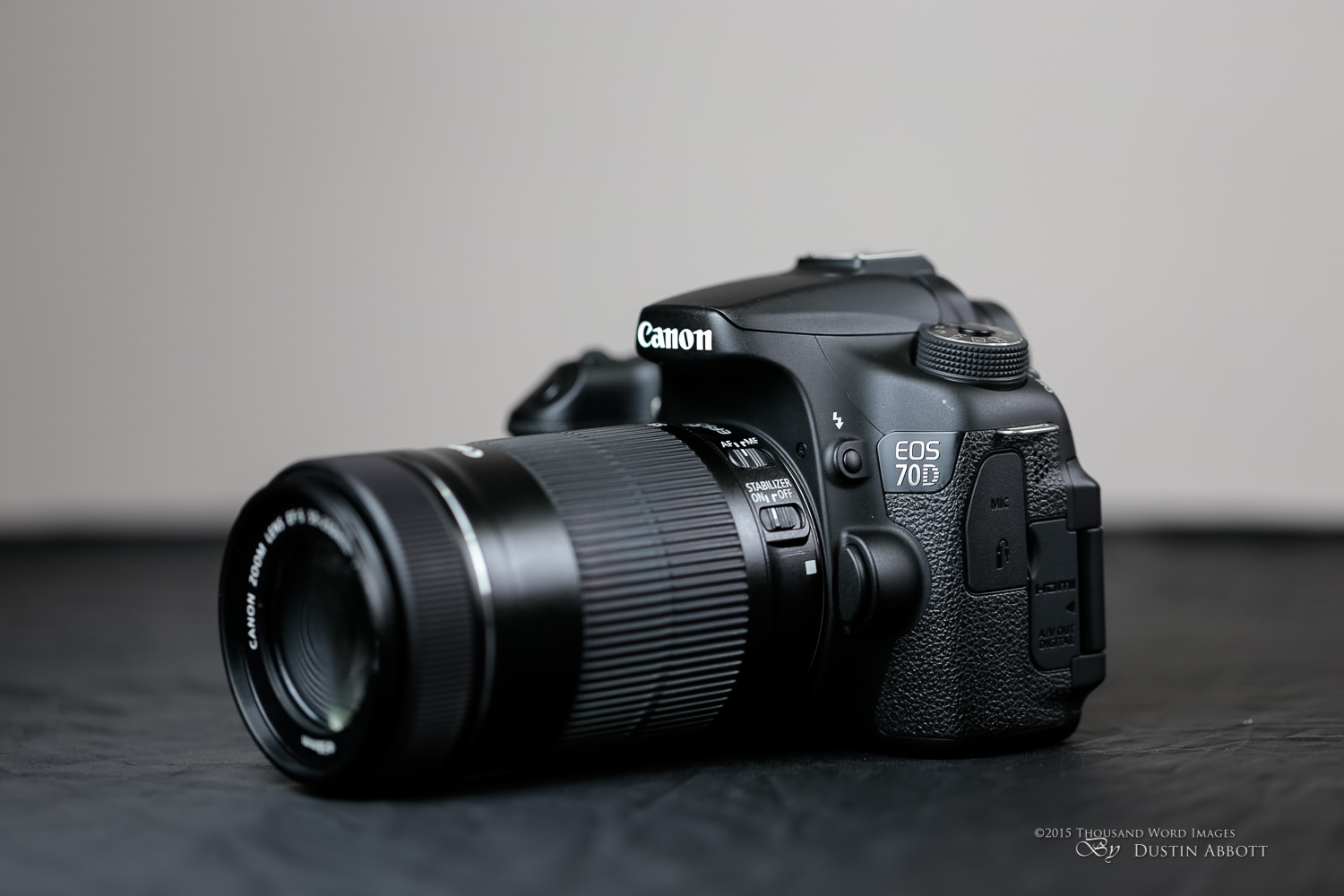



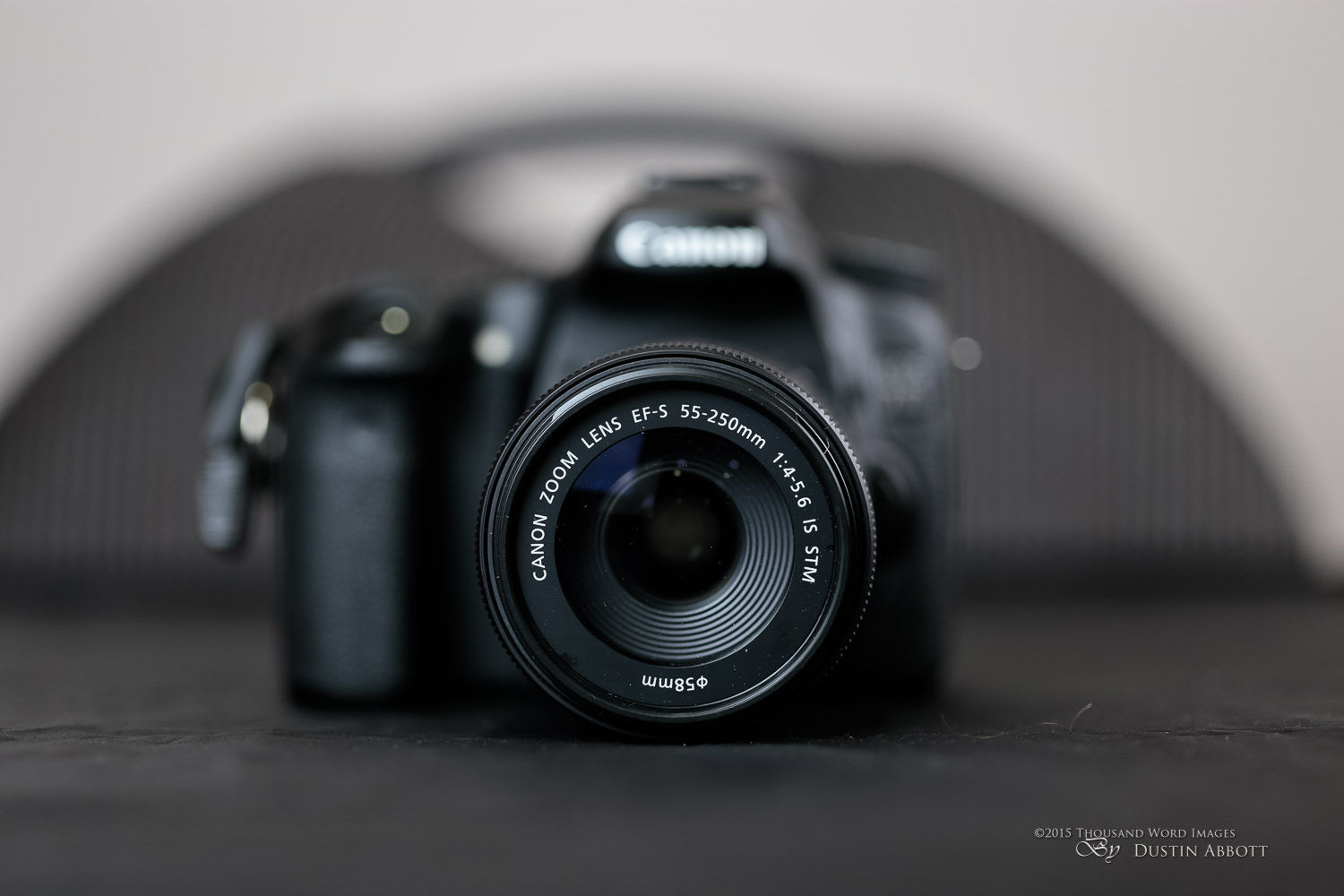
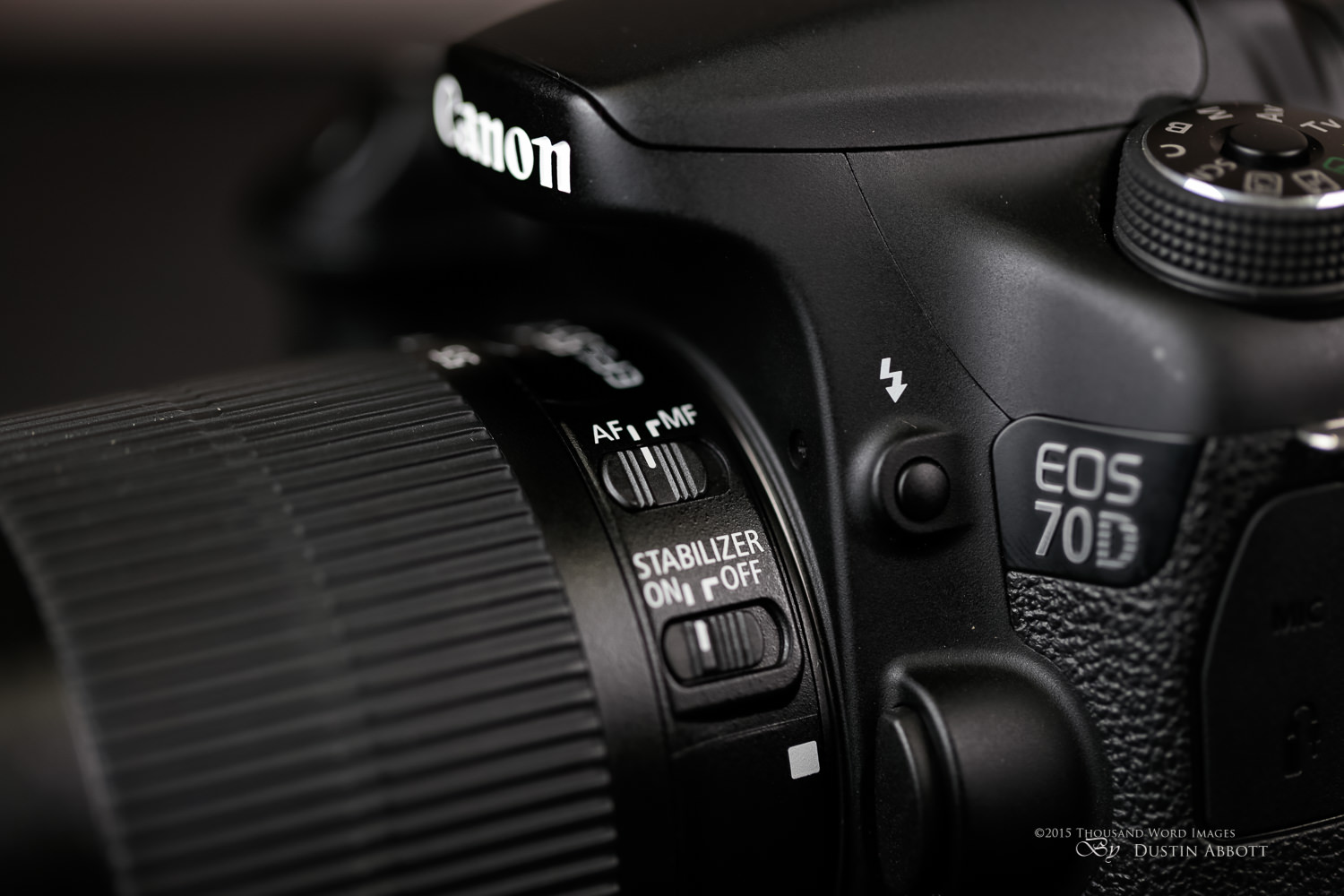

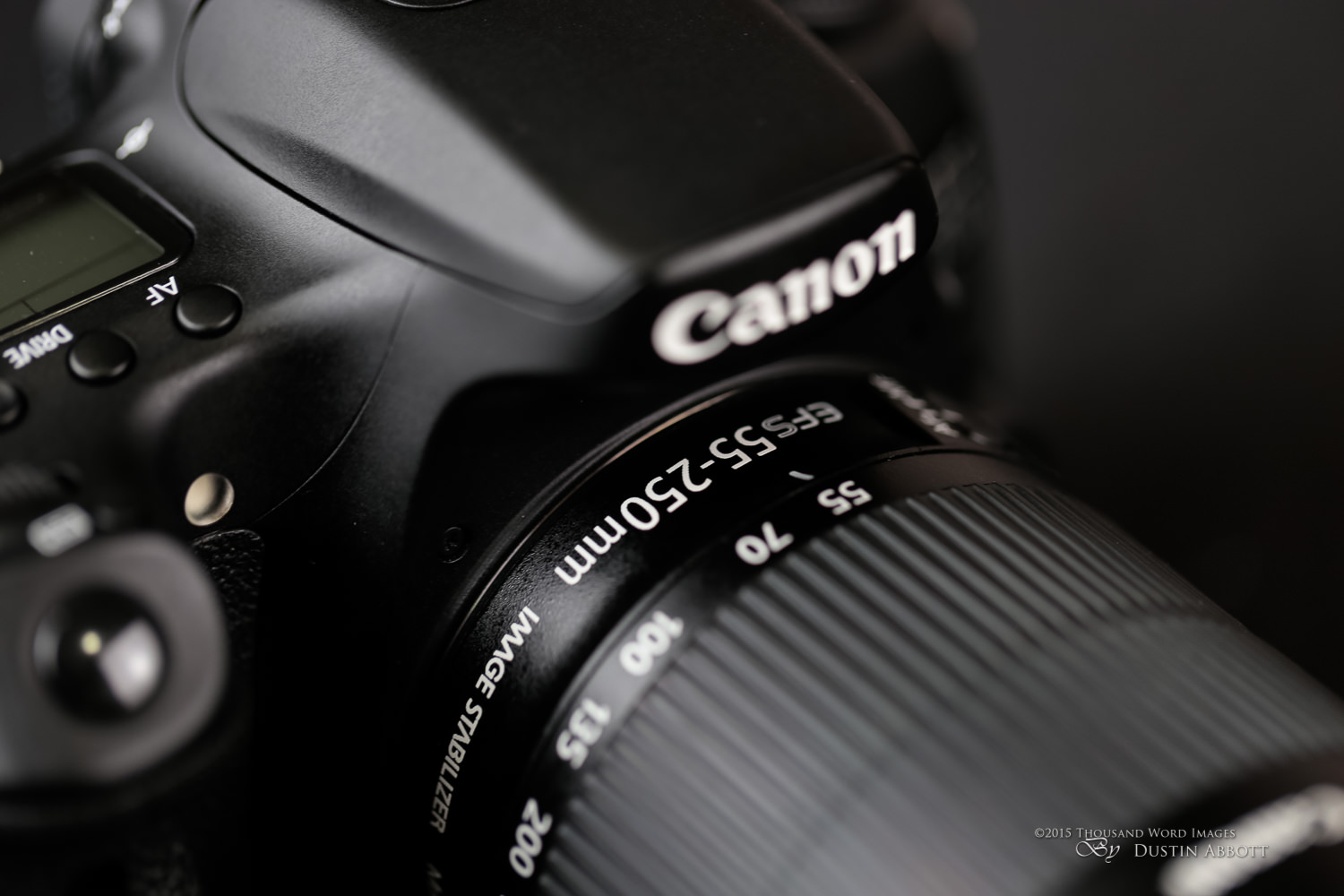
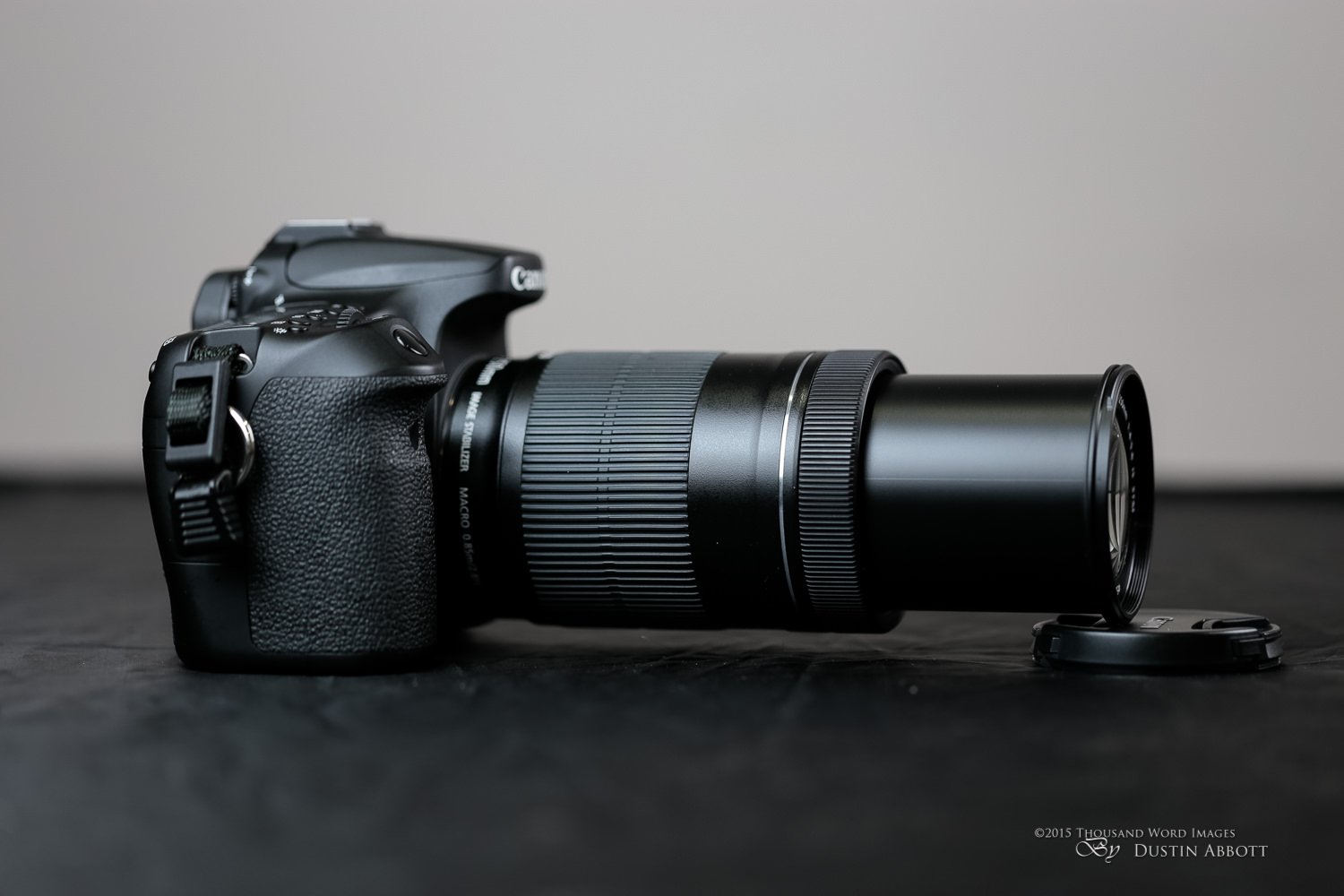
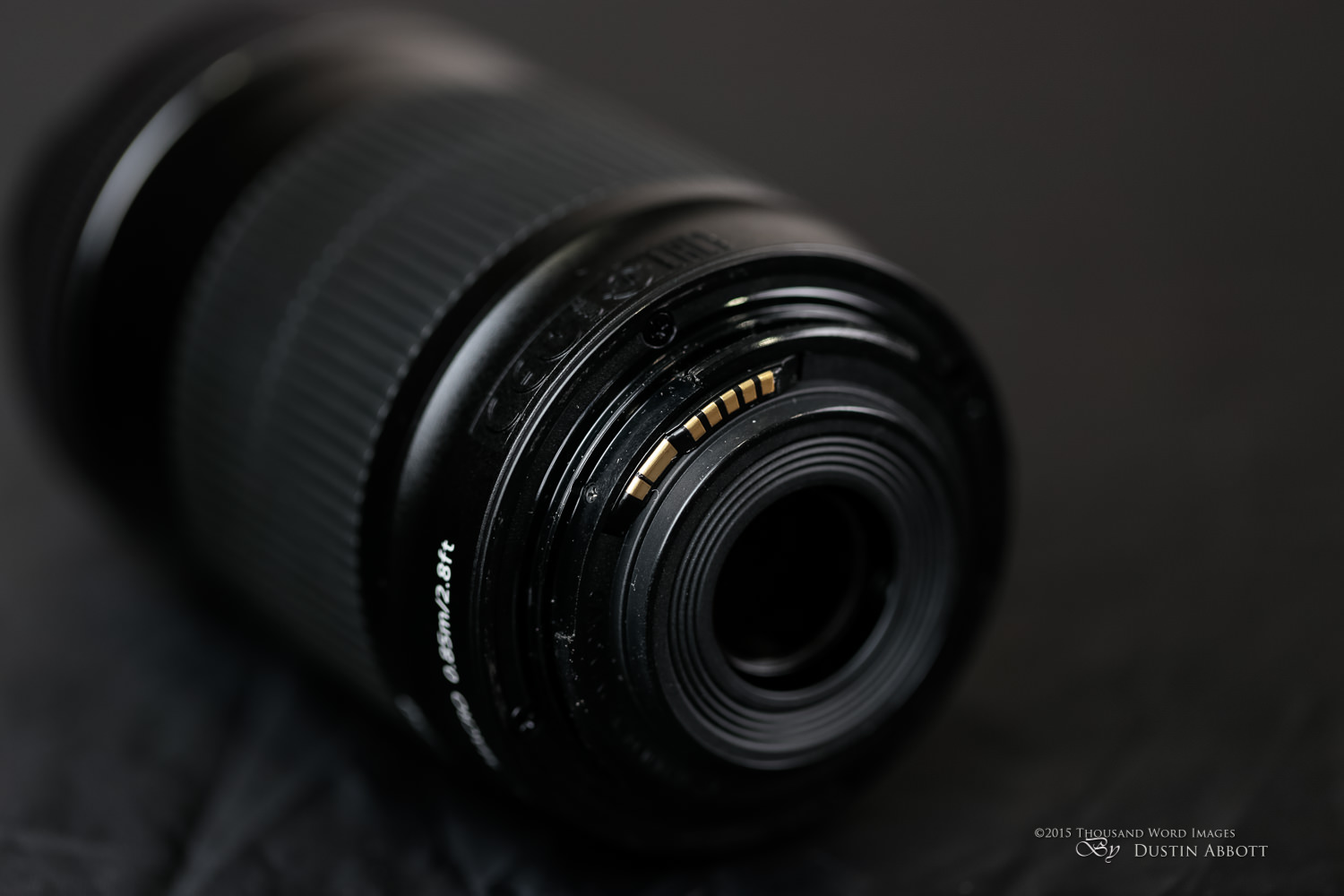

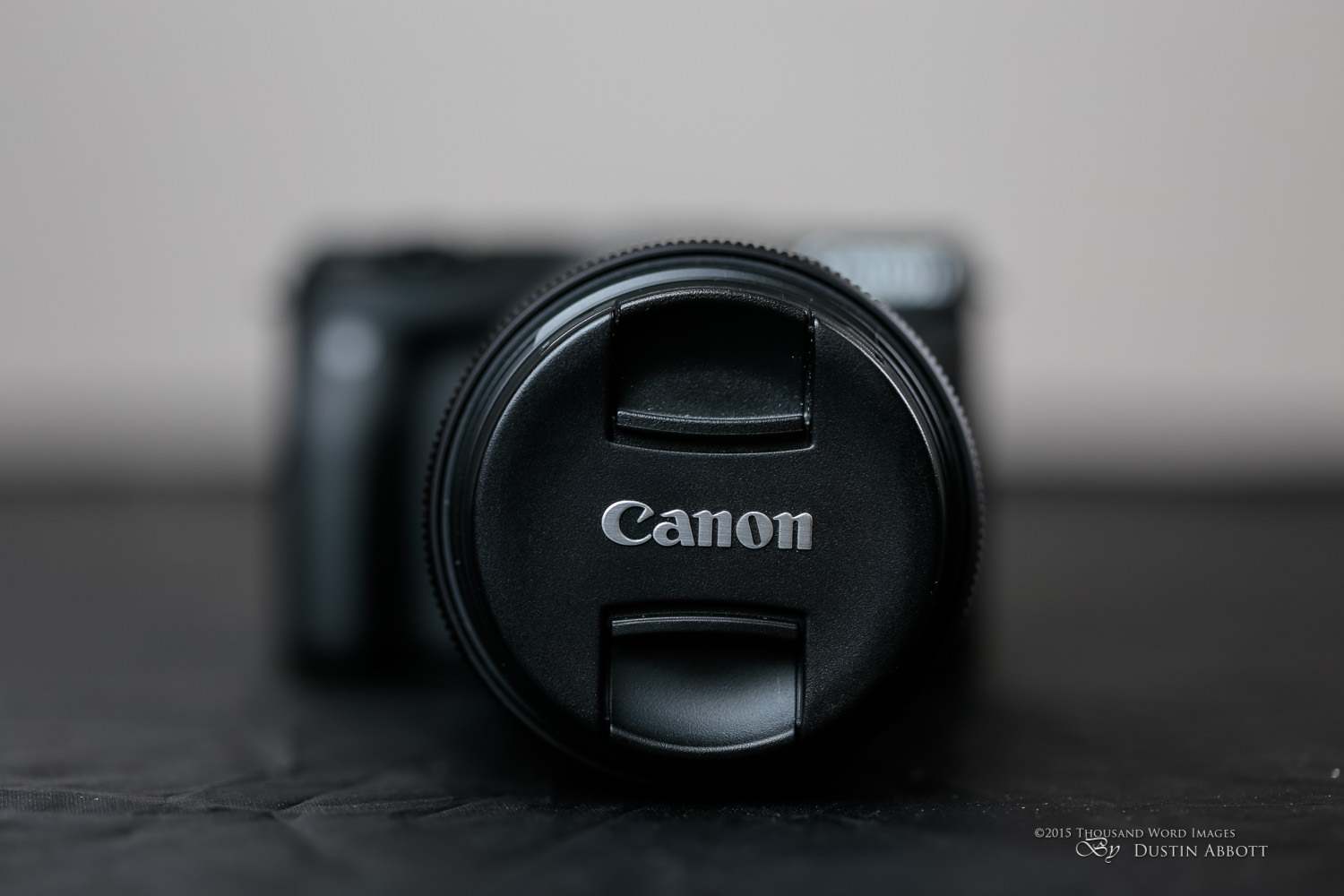
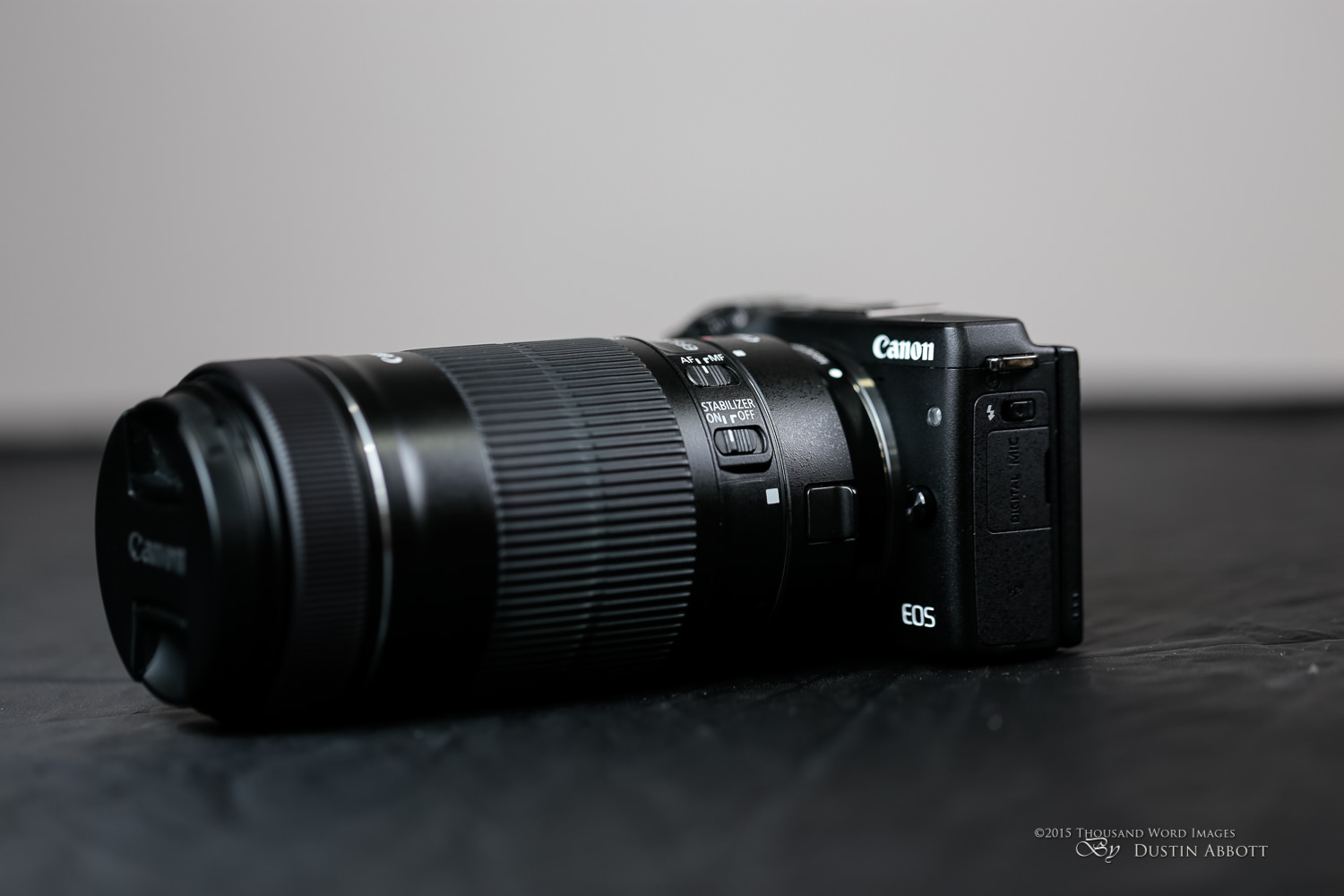
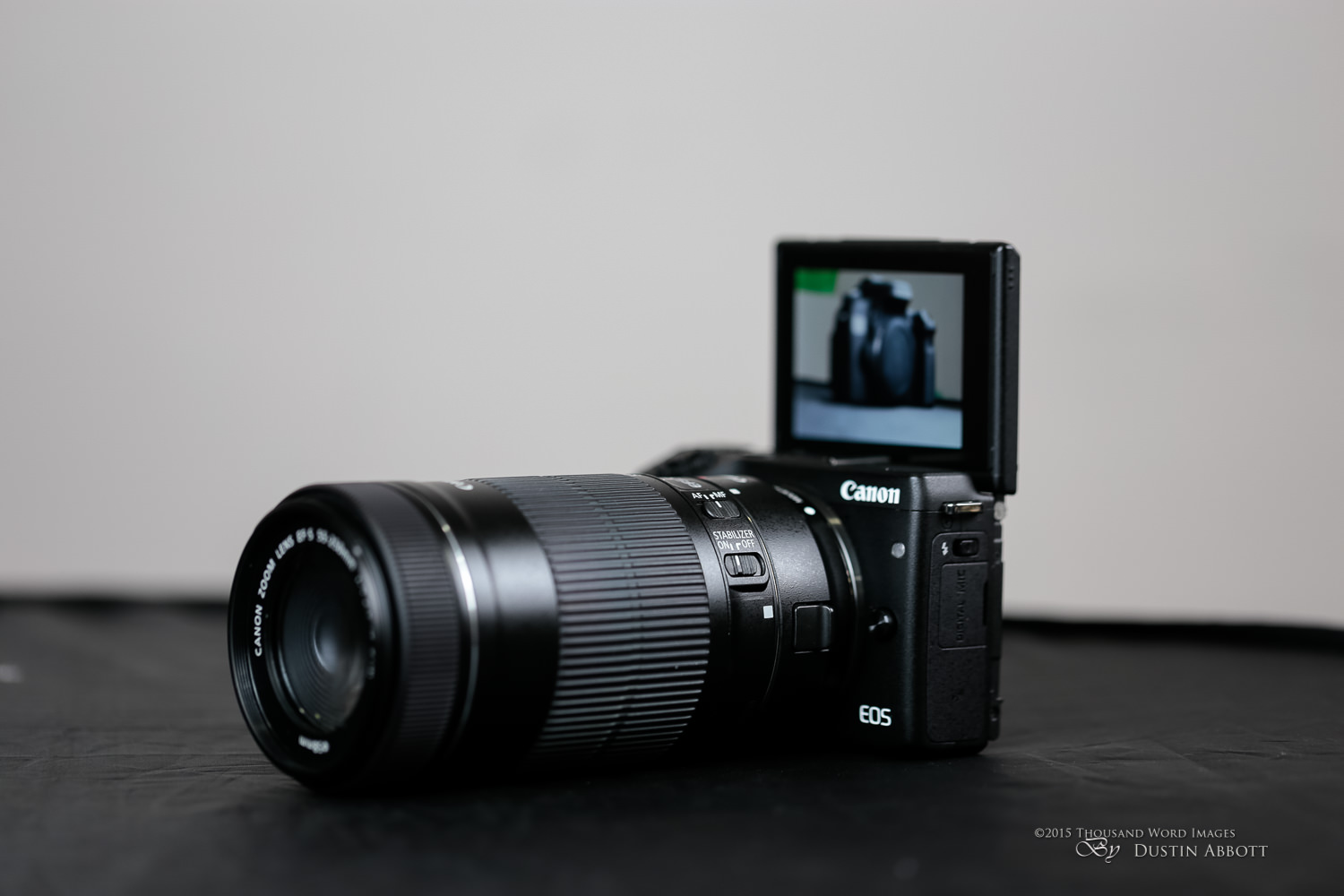
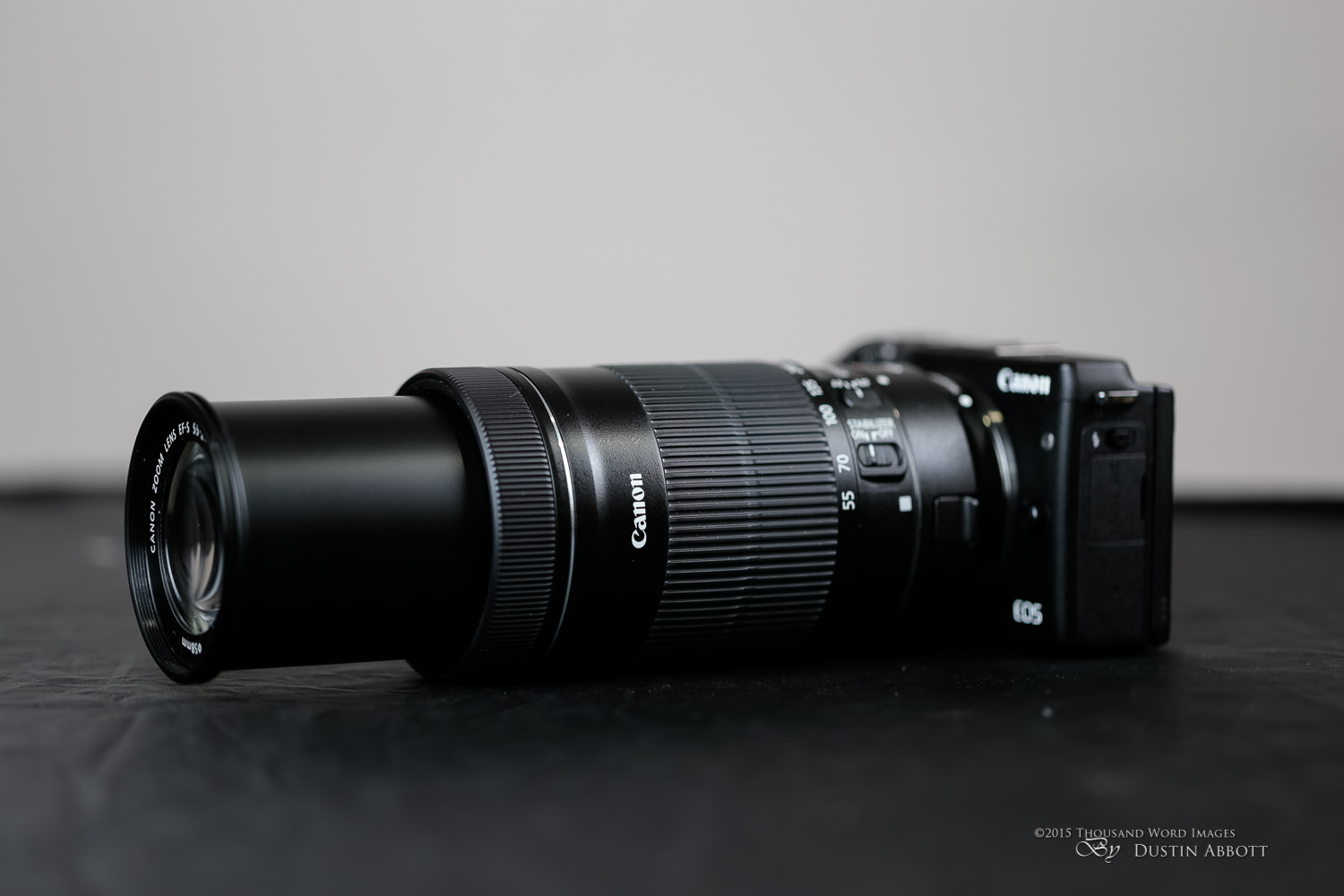
























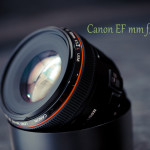




Hi dustin,
55-250mm is stm vs tamron 70-300mm vs usd with a canon 700d ?
That’s a tough one, Victorien. If you ever think you are going to go to a full frame, buy the Tamron. If you want to do video recording using AF Servo, definitely the Canon. If you plan to stay on a crop sensor body like the 700d, I’d probably stick with the Canon.